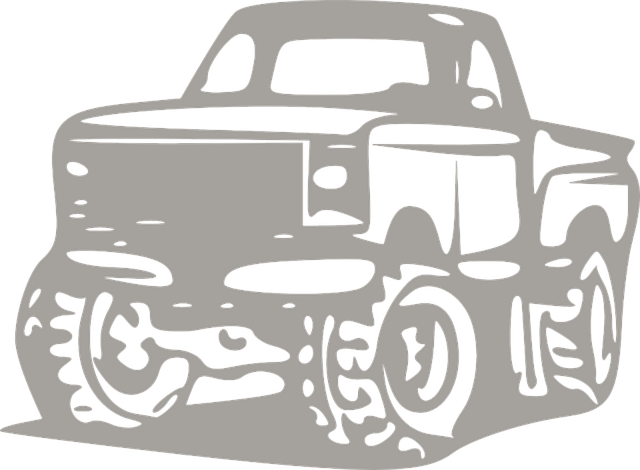Brownsville, Texas fleet owners recognize the importance of quality truck bed liners for enhancing vehicle durability and functionality. A comprehensive guide covering liner selection (material, thickness, compatibility), proper installation, and maintenance, as detailed in a Brownsville TX truck repair manual, ensures trucks remain reliable, efficient, and economical. By following these practices, fleet managers can protect cargo spaces from wear and tear, catering to diverse environmental conditions.
In Brownsville, Texas, maintaining your fleet’s trucks is paramount. One often overlooked yet critical component for durable truck bed protection is liners. This comprehensive guide arms Brownsville Tx fleet owners with essential knowledge on understanding and selecting the perfect truck bed liner. Learn a step-by-step repair process using a manual to ensure longevity and optimal performance, tailored for the unique demands of Texas’ vibrant landscape.
- Understanding Truck Bed Liners: A Comprehensive Guide for Brownsville Tx Fleet Owners
- Choosing the Right Truck Bed Liner: A Step-by-Step Repair Process Using a Manual
Understanding Truck Bed Liners: A Comprehensive Guide for Brownsville Tx Fleet Owners

In Brownsville, Texas, fleet owners are always on the lookout for ways to enhance their vehicle’s durability and functionality, especially when it comes to their trucks. One often-overlooked component that plays a significant role in this regard is the truck bed liner. A truck bed liner is a protective coating designed to safeguard the truck’s cargo space from wear and tear, making it an indispensable asset for any fleet operator.
For Brownsville Tx fleet owners, understanding the importance of a quality truck bed liner goes beyond mere aesthetics. It involves recognizing the liner’s role in preventing damage to the truck’s bed, which is particularly crucial given the diverse and often harsh conditions these vehicles encounter. A comprehensive guide should address not just the selection of the right liner—considering factors like material, thickness, and compatibility with existing features—but also its proper installation and maintenance as detailed in a Brownsville Tx truck repair manual. By integrating this knowledge into their fleet management practices, owners can ensure their trucks remain reliable, efficient, and economical for years to come.
Choosing the Right Truck Bed Liner: A Step-by-Step Repair Process Using a Manual

When it comes to selecting the ideal truck bed liner for your Brownsville, Tx-based fleet, a thoughtful process is key. Begin by evaluating your specific needs; consider factors like the type of cargo you transport (e.g., smooth or textured surfaces) and the environmental conditions (e.g., temperature extremes). Next, compare different liners based on durability, resistance to chemicals, and compatibility with your truck’s make and model. A reputable fleet repair manual in Brownsville Tx will guide you through these steps, ensuring you choose a liner that offers both protection and performance for your vehicles.
The installation process should be detailed and straightforward. Many manuals provide step-by-step instructions using common tools, making it accessible even for those without extensive automotive experience. Ensure the work area is clean and well-lit, then carefully follow each step. This may involve removing the existing bed liner (if any), preparing the truck bed surface, applying adhesive or coating, and finally, installing the new liner properly. Regular maintenance, such as cleaning and inspecting the liner, will extend its lifespan and maintain the condition of your fleet’s cargo space.
For Brownsville, TX fleet owners looking to protect their truck beds and streamline maintenance, understanding and selecting the right bed liner is key. By following a detailed repair process guided by a truck repair manual, you can ensure longevity and optimal performance for your vehicles. Investing in high-quality bed liners not only enhances the aesthetics of your fleet but also offers practical benefits, making it an essential step towards efficient truck bed management.



